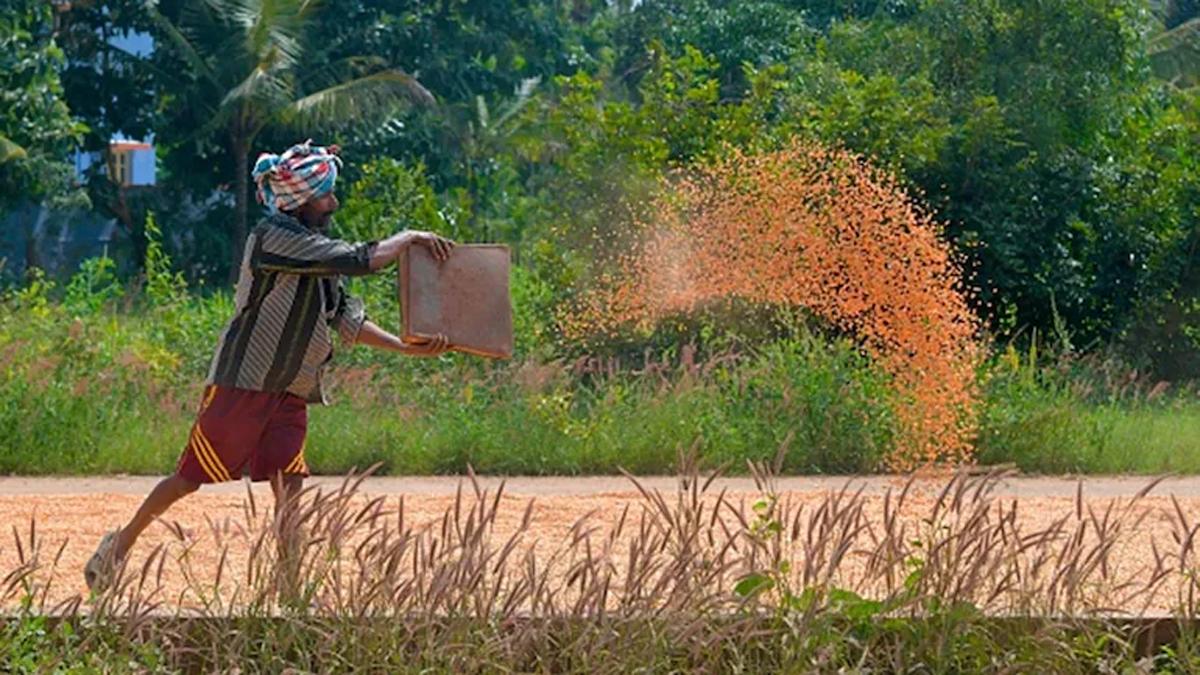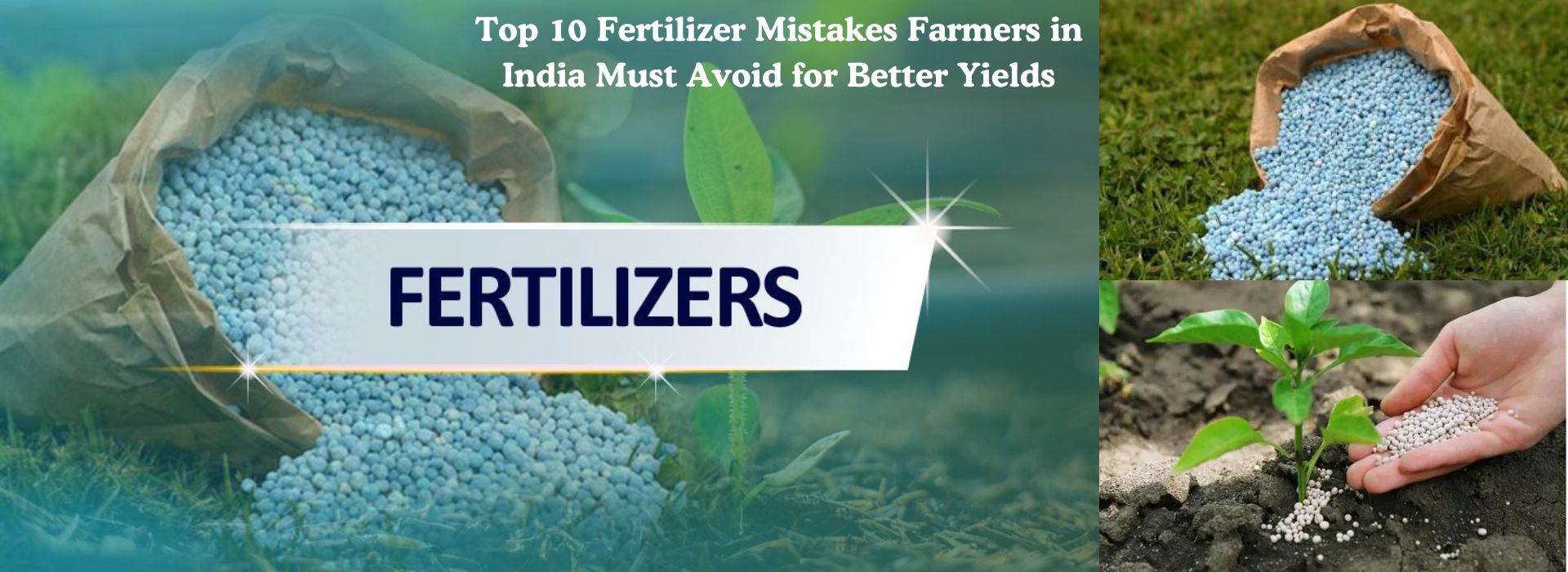Addressing the Challenges of India's Rain-Dependent Agricultural Land
June 19, 2024India, with its vast agricultural
landscape, remains heavily reliant on monsoons for water supply. Approximately
60% of the country's farmland is rain-fed, which makes agricultural
productivity highly susceptible to the erratic nature of monsoon rains. This
dependence poses significant challenges, including droughts, flooding, and
inconsistent crop yields. To mitigate these issues, a multifaceted approach
involving technological, infrastructural, and policy interventions is crucial.
Here's an in-depth look at potential solutions to make India's rain-dependent
agriculture more resilient and sustainable.
Click Here Best Quality Rain Pipe
1. Enhancing Irrigation Infrastructure
Developing and modernizing irrigation
systems can drastically reduce dependency on rainfall. Solutions include:
Micro-irrigation systems: Drip
and sprinkler irrigation systems can ensure efficient water use,
minimizing waste and maximizing crop yield.
Community water projects: Building
check dams, ponds, and reservoirs can help in rainwater harvesting, providing a
buffer during dry spells.
Canal networks: Expanding and
maintaining canal systems can facilitate the distribution of water from
perennial rivers to farmlands.
2. Rainwater Harvesting
Adopting rainwater harvesting
techniques can provide a reliable water source during the non-monsoon months.
Strategies include:
Farm ponds and percolation tanks:
These structures capture runoff during rains and recharge groundwater levels.
Rooftop harvesting: Collecting
rainwater from roofs for agricultural use can be an effective way to supplement
water supplies.
3. Drought-Resistant Crops and
Diversification
Cultivating crops that require less
water or are more tolerant to drought conditions can help farmers adapt to
changing rainfall patterns. Additionally:
Crop diversification: Growing a
variety of crops can reduce the risk of total crop failure and improve soil
health.
Research and development: Investing in
agricultural research to develop high-yield, drought-resistant crop varieties
is crucial.
4. Soil and Water Conservation
Techniques
Implementing soil and water
conservation methods can enhance the resilience of agricultural lands. Key
practices include:
Contour plowing and terracing: These
methods reduce soil erosion and improve water infiltration.
Agroforestry: Integrating trees and
shrubs into farming systems can improve water retention and provide additional
income sources.
5. Climate-Smart Agriculture
Adopting climate-smart agricultural
practices can mitigate the impacts of climate variability. Key elements
include:
Precision farming: Using technology to
monitor and manage soil moisture, weather patterns, and crop health can
optimize resource use.
Integrated pest management: Reducing
reliance on chemical pesticides through biological controls and organic methods
can improve long-term sustainability.
6. Policy Support and Farmer Education
Effective policy frameworks and farmer
education are vital for implementing these solutions. Strategies include:
Subsidies and incentives: Providing
financial support for irrigation equipment, rainwater harvesting systems, and
drought-resistant seeds can encourage adoption.
Extension services: Educating farmers
on modern techniques, sustainable practices, and efficient resource management
through workshops and training programs.
Insurance schemes: Crop insurance can
provide a safety net for farmers against the financial impacts of droughts and
floods.
7. Community Participation and Local
Governance
Engaging local communities and
governance structures in water management and agricultural planning can enhance
resilience. Approaches include:
Participatory watershed management:
Involving local stakeholders in managing water resources ensures more effective
and sustainable use.
Farmer cooperatives: Cooperative
societies can facilitate resource sharing, collective bargaining, and better
access to markets and technology.
Conclusion
Addressing the challenges of India's
rain-dependent agricultural land requires a comprehensive approach that
combines infrastructure development, technological innovation, policy support,
and community involvement. By implementing these solutions, India can build a
more resilient and productive agricultural sector capable of withstanding the
uncertainties of climate change and monsoon variability. The future of Indian
agriculture lies in its ability to adapt and innovate, ensuring food security
and economic stability for millions of farmers
At krishibazaar.in, you can find and buy various agricultural products. For
agricultural guidance on selecting the most suitable products for your crops,
please contact or WhatsApp at +917887880887






Guest reviews
No reviews found for this Blog